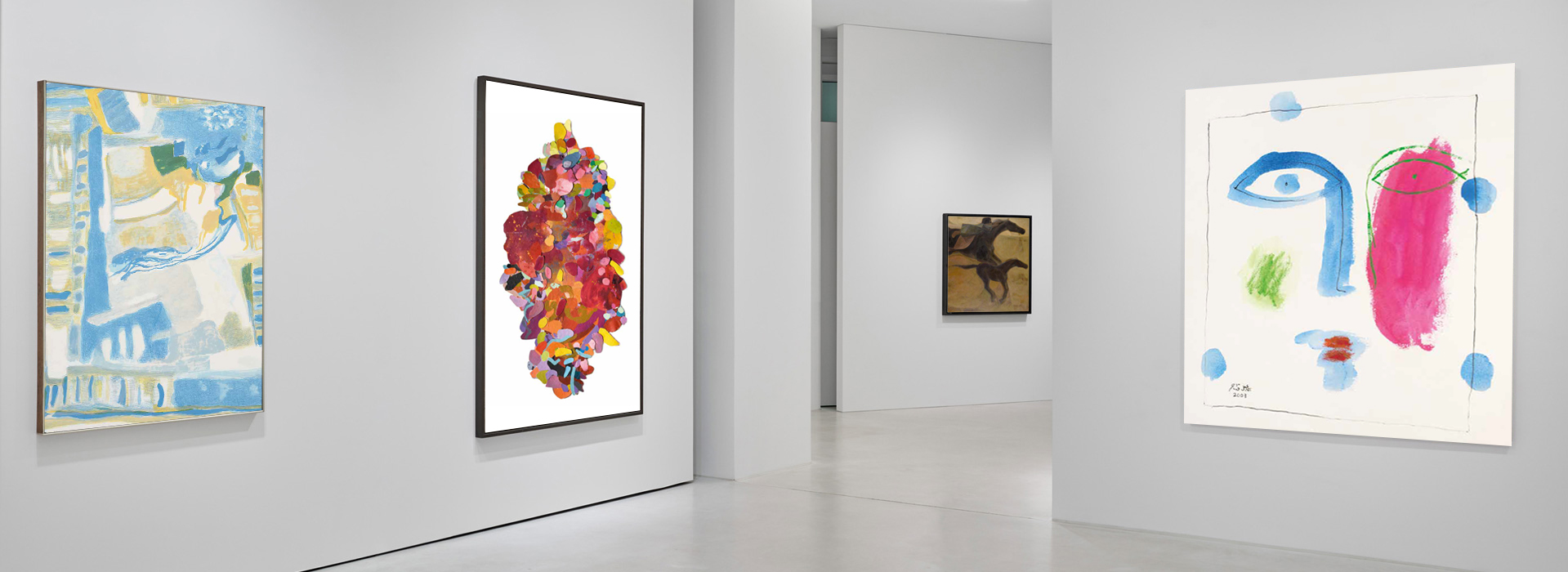
Mohanna Durra is recognized as the most influential artist of modern art in Jordan. He graduated from the Academy of Fine Arts in Rome in 1958. Durra had both diplomatic and academic careers spanning over forty years. Most notably, he has held the positions of President of the Association of Fine Arts, Jordan in 2005; Director, General Secretariat of the League of Arab States, Tunis and Cairo in 1988 and 1989; Ambassador of the League of Arab States to Rome, 1981-88; Director for Cultural Affairs, League of Arab States, 1980-81; Guest Professor, the Salzburg Seminar for American Studies, 1978; Press Attaché, Jordanian Embassy, Rome, 1960-64; and Instructor, History of Art, Teachers’ Training College, Amman, 1959-60. Durra established the Jordan Institute of Fine Arts, serving as its first Director in 1970 and established the Fine Arts Section at the Department of Culture and Art, Amman, in 1964.
Durra has held numerous solo exhibitions in Rome, Florence, the USSR, various Arab and European capitals, Washington, D.C., Palazzo Venezia, the 1988 Venice Biennale exhibition and the National Museum of Fine Arts in La Valetta, Malta, Moscow, Saint Petersburg, the Jordan National Gallery of Fine Arts and the Austrian Parliament Central Hall in Vienna. Durra’s work is represented in various national and international collections. He holds several prestigious awards. He was decorated Knight of the Holy Order of San Silvestro by HH Pope Paul VI; he was awarded the Al-Kawkab Medal by the Late King Hussein; and he won several other state prizes of appreciation for his work. He was recently awarded Al-Hussein Medal for Distinguished Performance of the First Order by HM King Abdullah II. Durra now lives and works in Amman.
"When I first examined Durra's oil paintings, it was quite clear that they were the work of a skilled draftsman. His whole range of oils, watercolors, and graphics begins, I believe, with a simple drawing. These technical means are nothing but different ways of expressing one and the same sensitivity and artistic vision peculiar to a master whose principal means of expression is drawing. If I was asked ‘what kind of drawing is it’, linear, plastic, or pictorial, none of these definitions would be relevant or comprehensive enough." Maryna L. Viets



